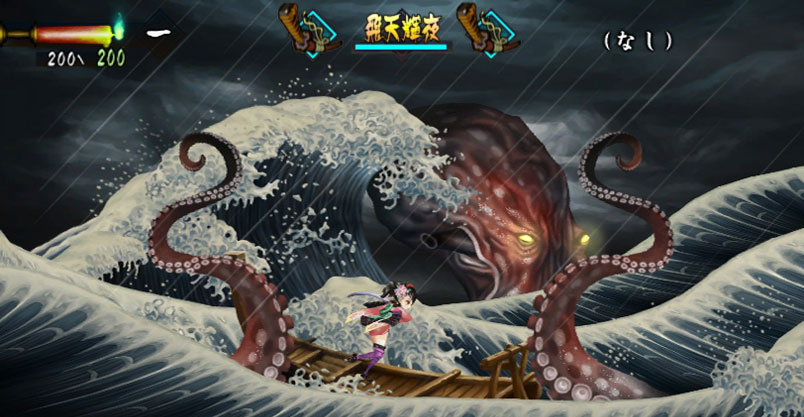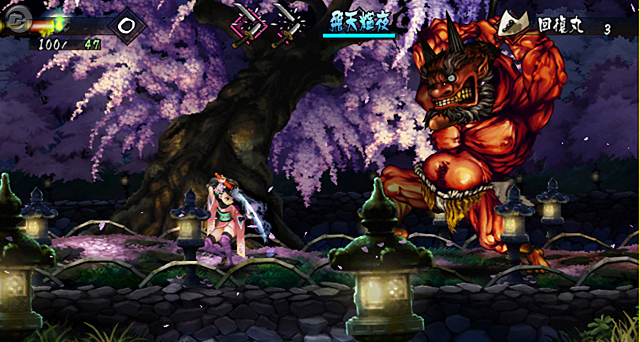Released in the winter of 2009, Muramasa: The Demon Blade was an odd one out in more ways than one. For one thing, it was a hardcore gaming experience made by a third party for the Nintendo Wii, a machine which by that point was dominated by either first-party tentpole releases (which were few and far between), kid-friendly shovelware or the occasional, and very rare, breakout hit like Just Dance.
A dedicated video game experience set in ancient Japan incorporating swordplay with RPG elements would have been far more at home at the time on either Xbox 360 or PlayStation 3, and yet the Wii was where it ended up.
The machine’s unique selling point was it’s much-touted motion controller and a game involving sword fights could have been a suitable match for the device, but Muramasa involved no motion controls of any kind. Instead, all the action was controlled the old-fashioned way, with a joystick and buttons. No flailing around in the bedroom or living room was necessary.
Produced by niche developer Vanillaware, Muramasa is a soulmate of sorts to Clover studio’s 2007 masterpiece Okami. Both draw heavily on Japanese mythology and iconography, both have stunningly beautiful visuals unlike anything else available at the time and both were gaming experiences that no-one was crying out for but they got anyway (and thank God we did). Muramasa’s story revolves around two vagabond warriors – the player can choose which to play as at the beginning of the game – and their respective struggles.
The gameplay is a unique mix of fast-paced 2D combat with the sort of levelling-up and progression normally seen in Japanese RPGs. Like Okami, the game encourages its player to experiment with different ways of fighting and finding a natural rhythm for besting enemies before testing their mettle in gruelling boss battles. Button-mashing is all well and good for the game’s early encounters but if the player is to have any hope of survival later then mastering one’s sword is vital.
Playing Muramasa again last week for the first time in years, I was struck by how fresh it still feels. Also, it still looks gorgeous, even on hardware that is now long outdated. Everything about the game speaks of a dedicated effort to make an experience where everything works as a whole; art direction, gameplay, soundtrack and voice-acting all come together as one to make for an experience that feels utterly unique. Even the mini-game of eating traditional Japanese cuisine is a delight.
It may not have done Call Of Duty-style numbers but it made enough of an impact to earn itself a port to the PlayStation Vita, Muramasa Rebirth released last summer with two new playable characters. Either way, it can only be a good thing if as many people as possible get to experience this one-of-a-kind title. Muramasa is what happens when people who love video games come together to make the sort of game that they want to play, rather than what they think the market will lap up. Hunting down a copy will be more than worth your while.
Some of the coverage you find on Cultured Vultures contains affiliate links, which provide us with small commissions based on purchases made from visiting our site.



